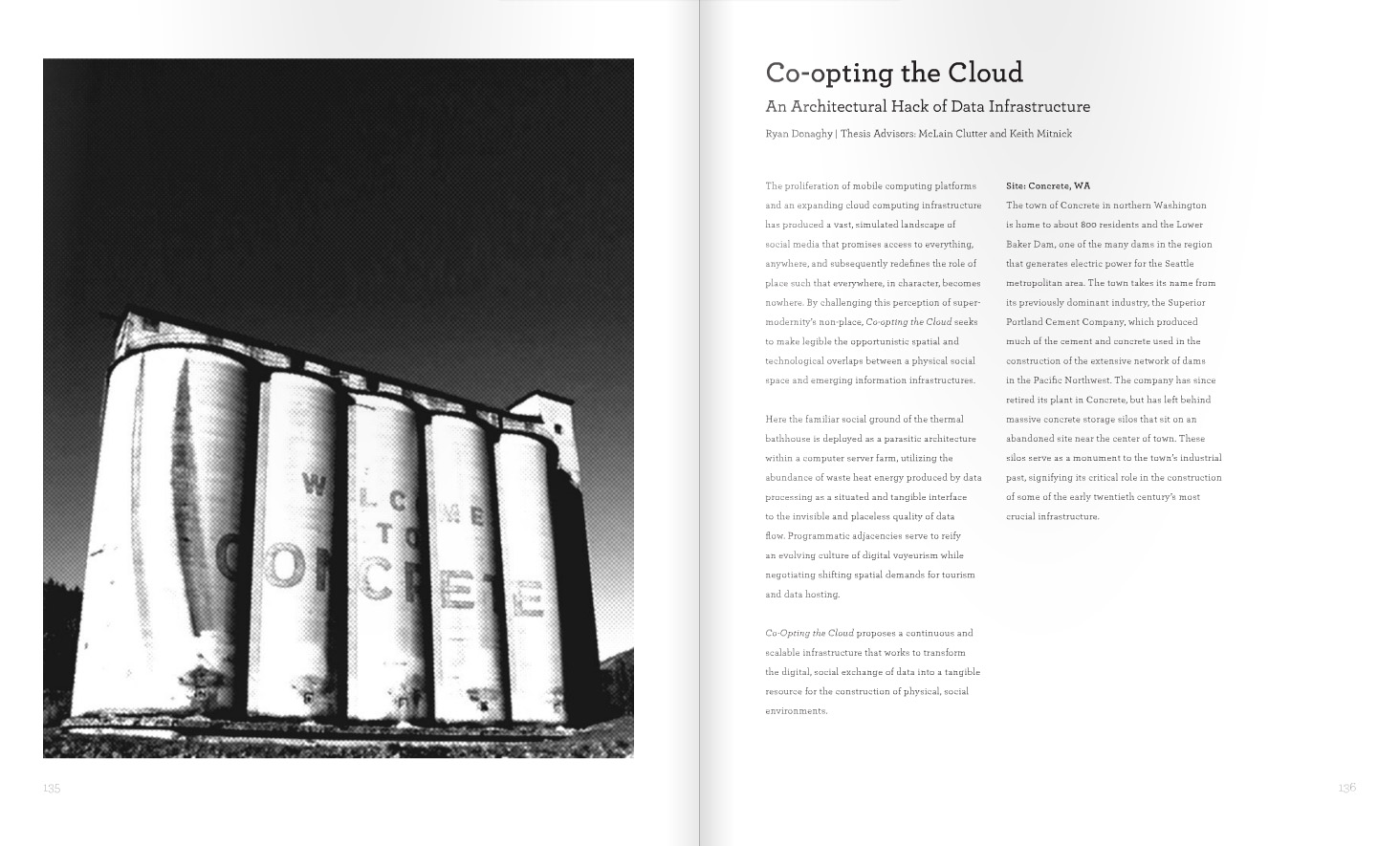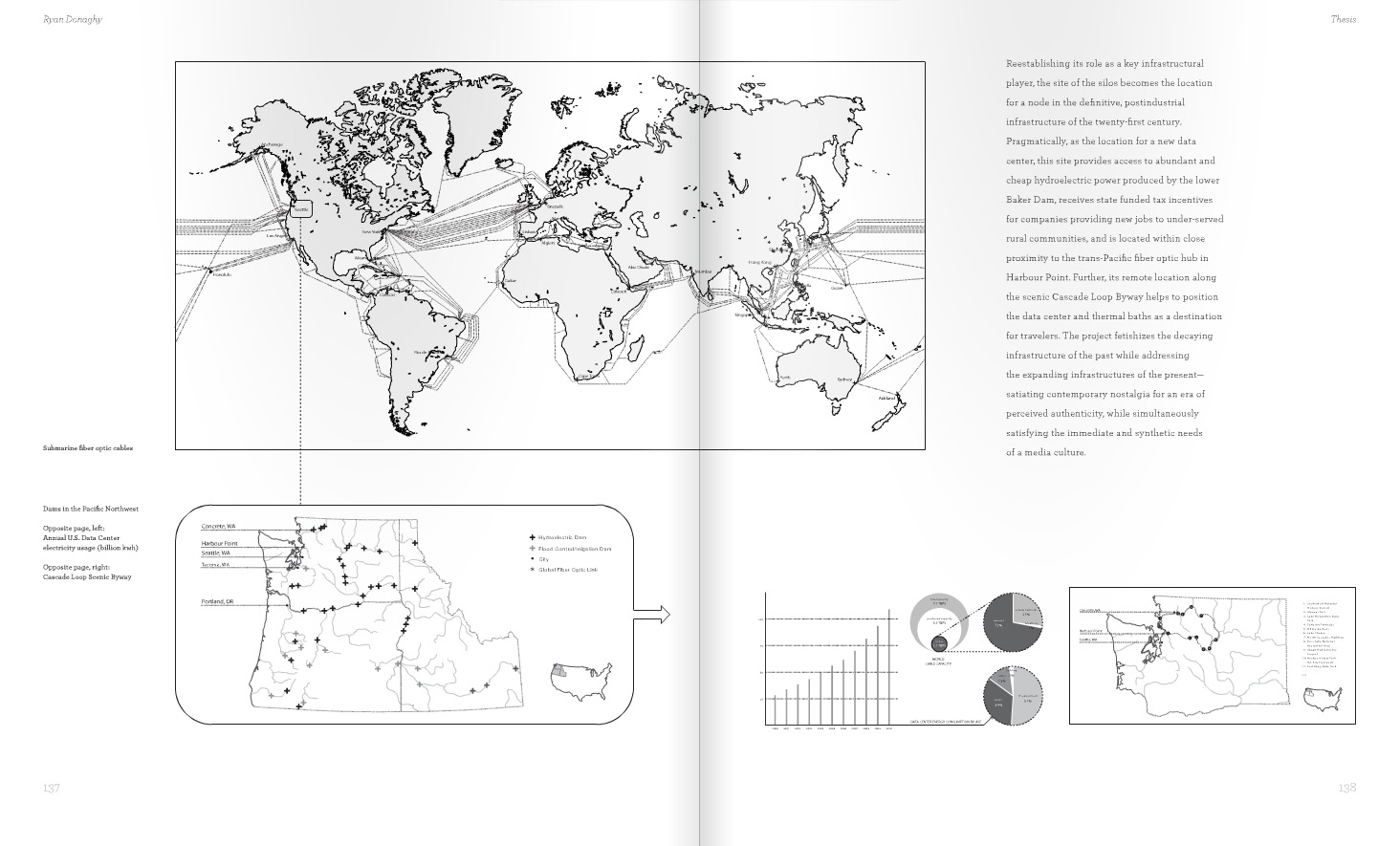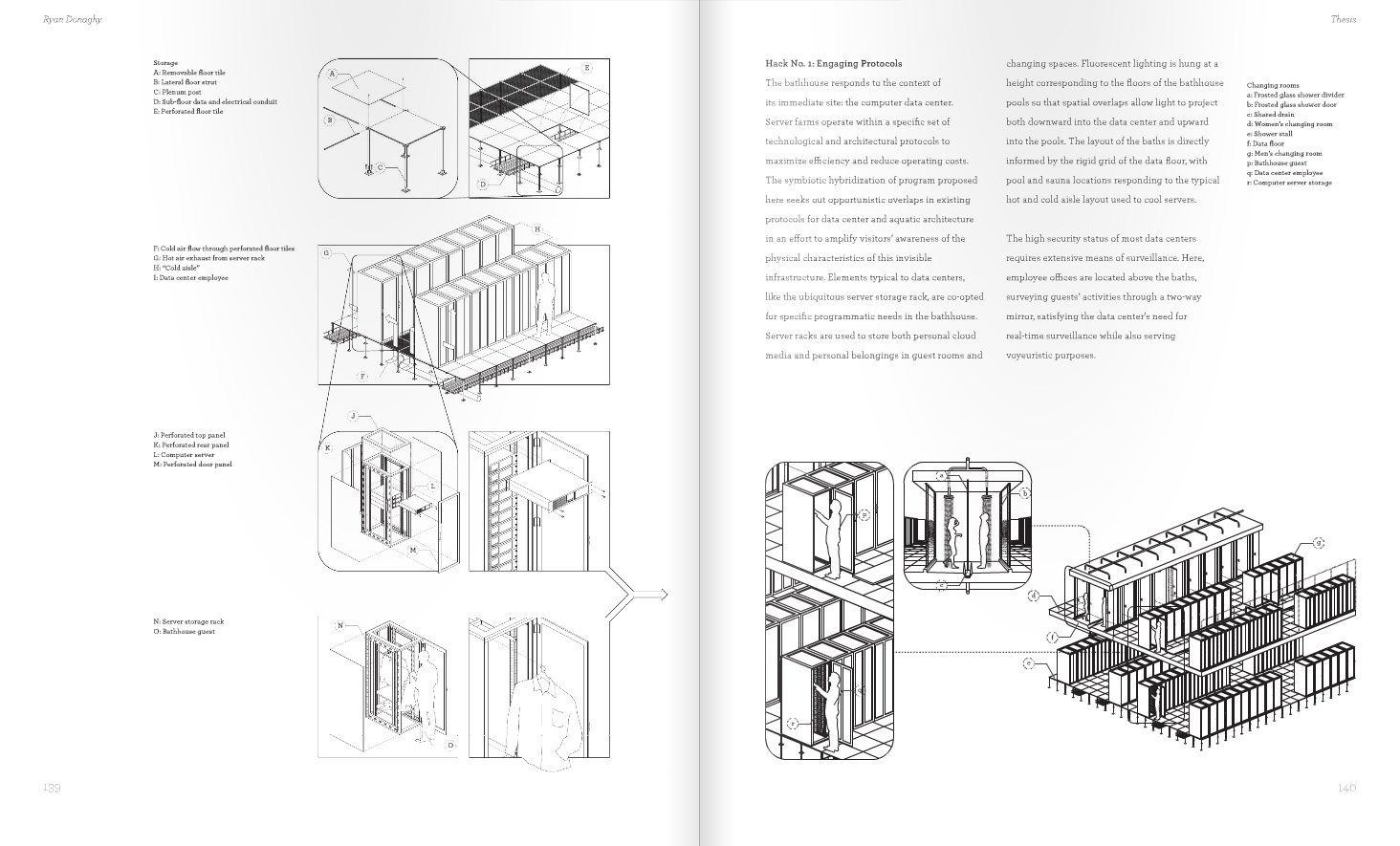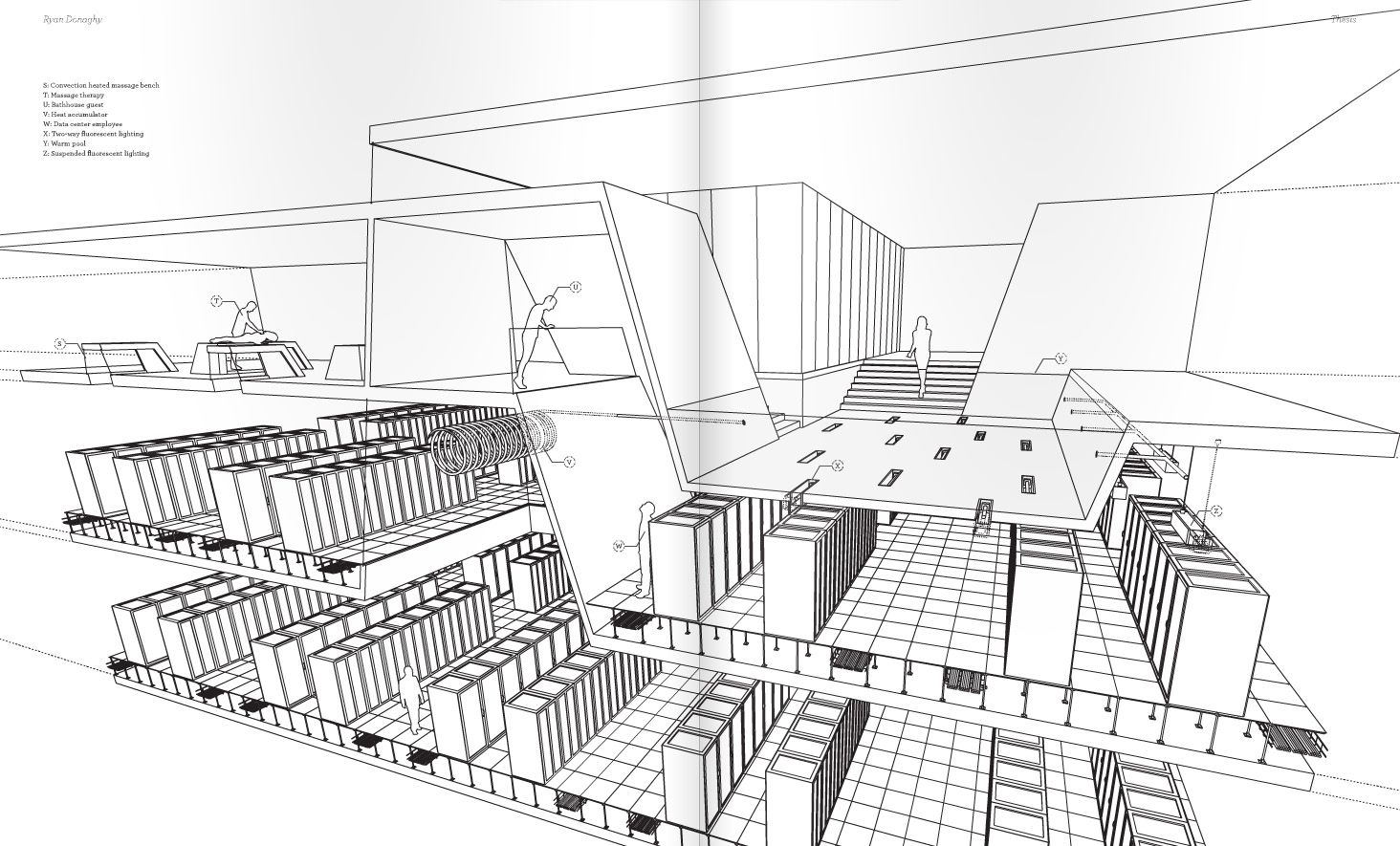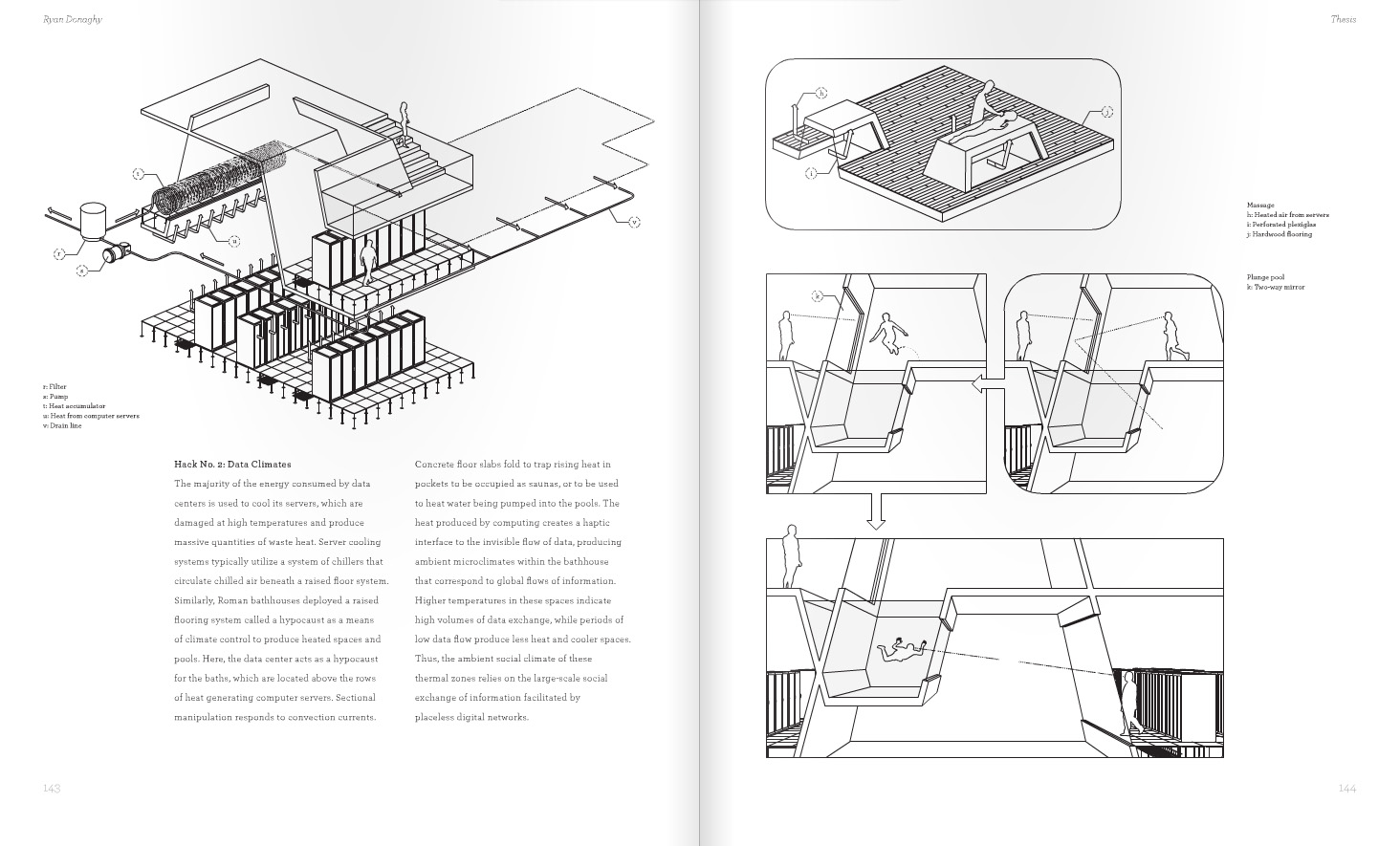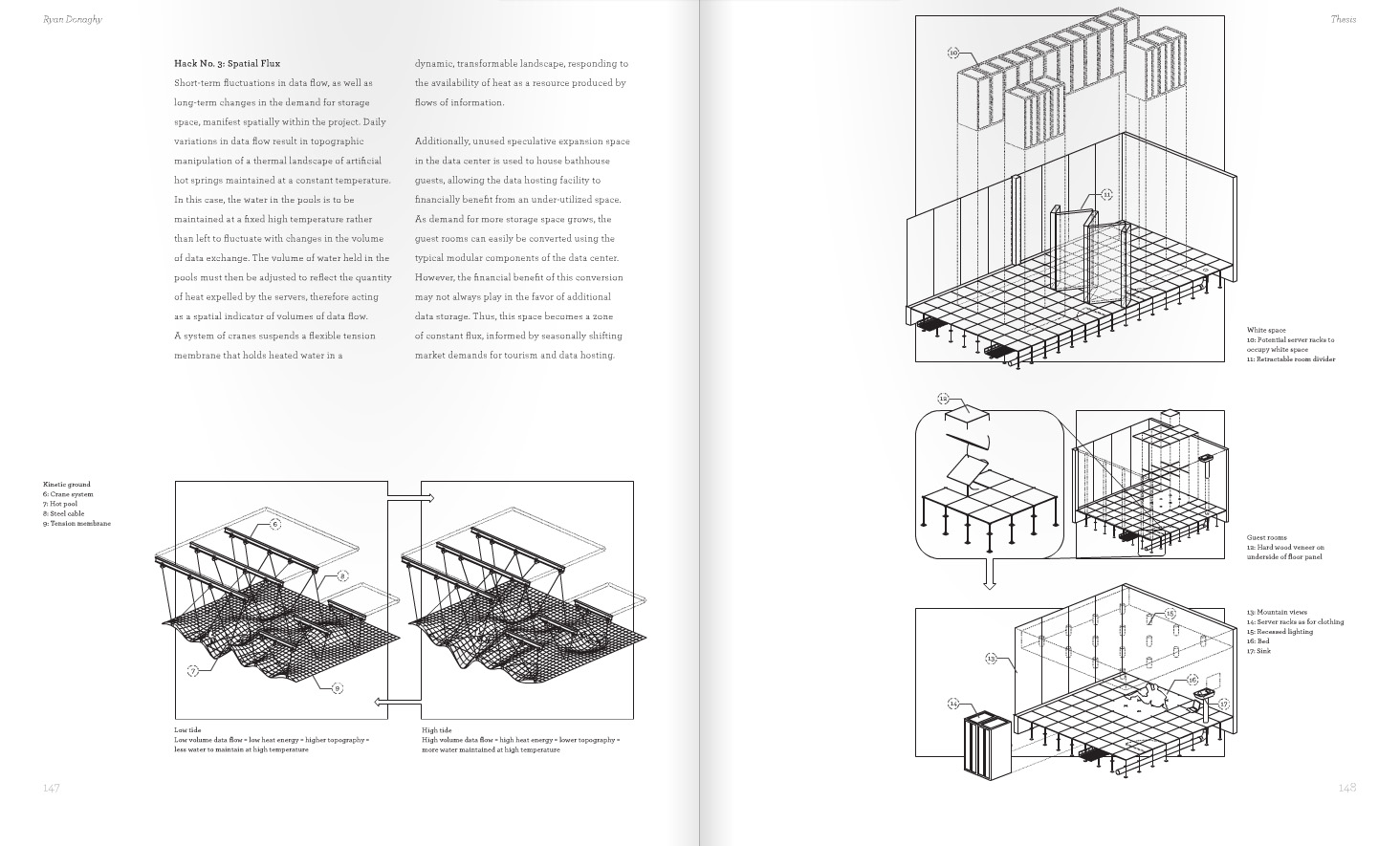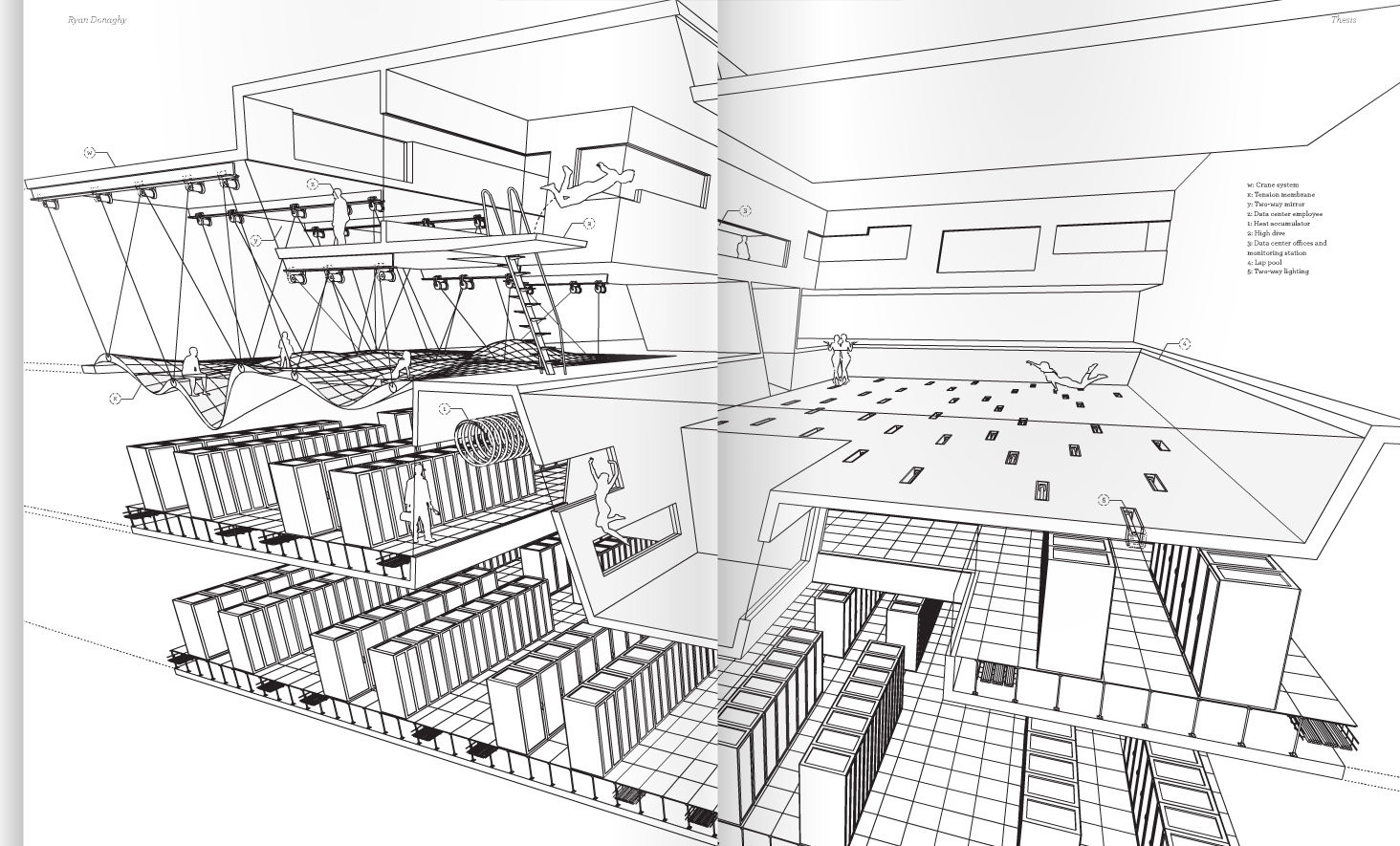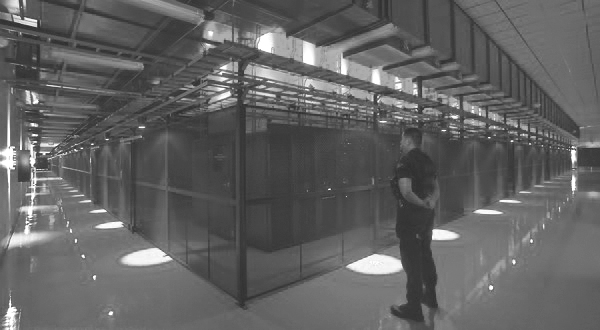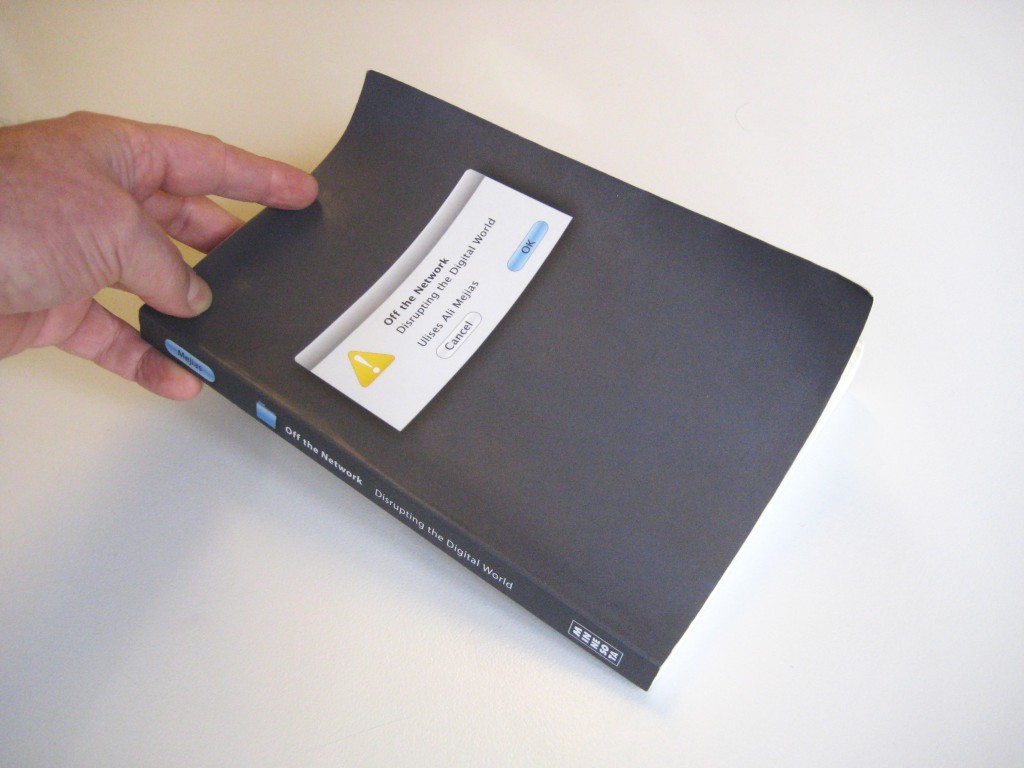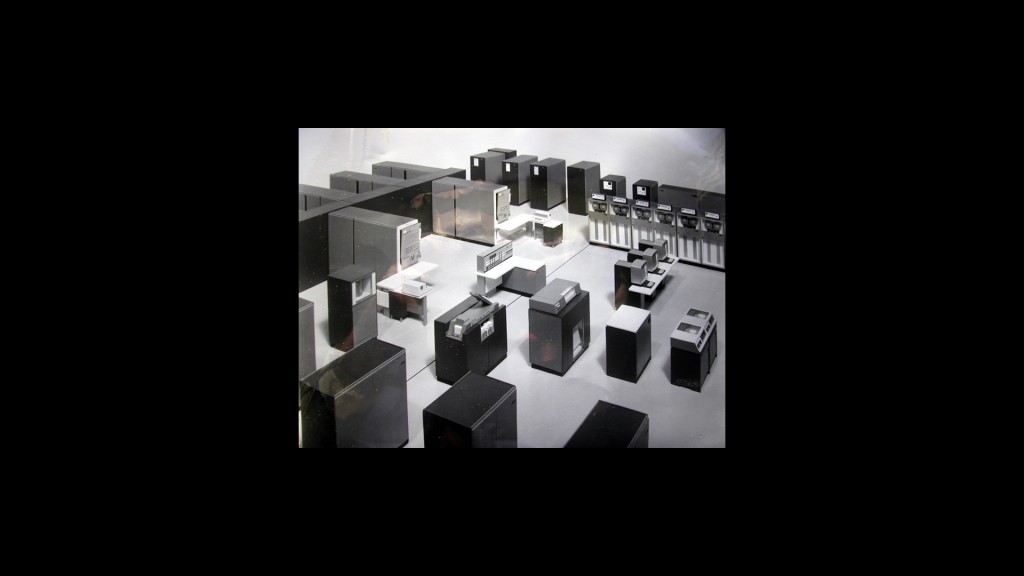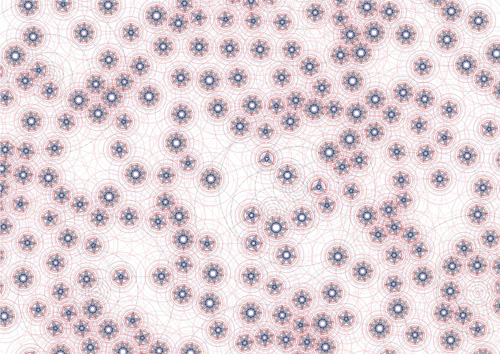Note: we mentioned this “bookazine”, Clog, in our bibliography (Clog, (2012). Data Space, Clog online), at the very early stages of our design-research project. It is undoubtedly one of the key references for this project, mostly related to thinking, territory, space and therefore rather oriented toward the architecture field. It will certainly serve in the context of our workshop with the architects (in collaboration with ALICE) next week, but not only, as it states some important stakes related to data in general. This very good and inspiring magazine is driven by a pool of editors that are Kyle May (editor in chief, we invited him as a jury member when we –fabric | ch with Tsinghua University– organized a call during 2013 Lisbon Architecture Triennale, curtated by Beatrice Galilee), Julia van den Hout, Jacob Reidel, Archie Lee Coates, Jeff Franklin.
The edition is unfortunately sold out. Reason why I assembled several images from the bookazine (for the research sake) in a pdf that can be downloaded here (60mb).

